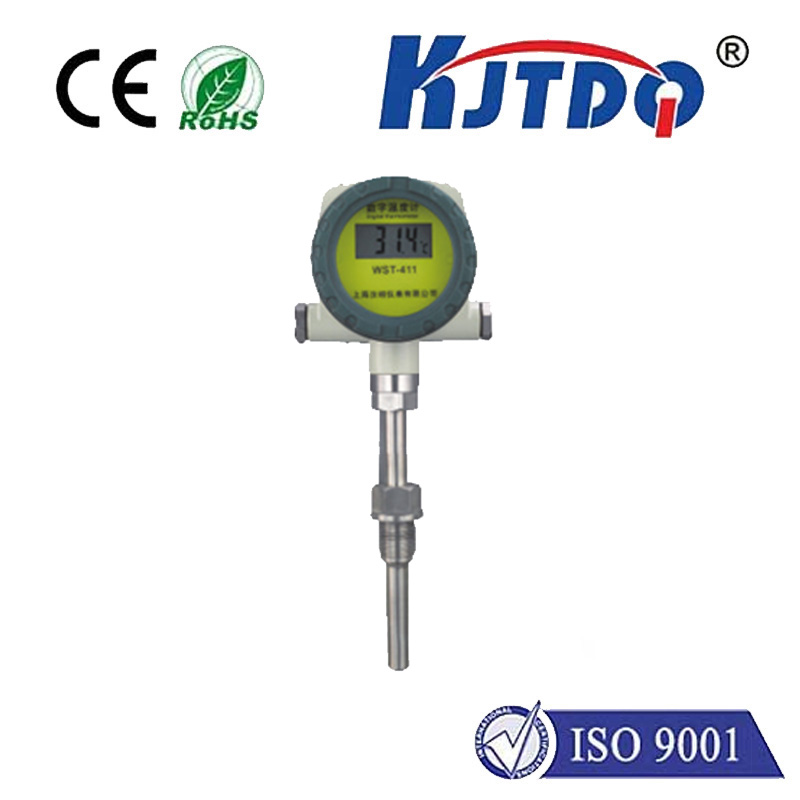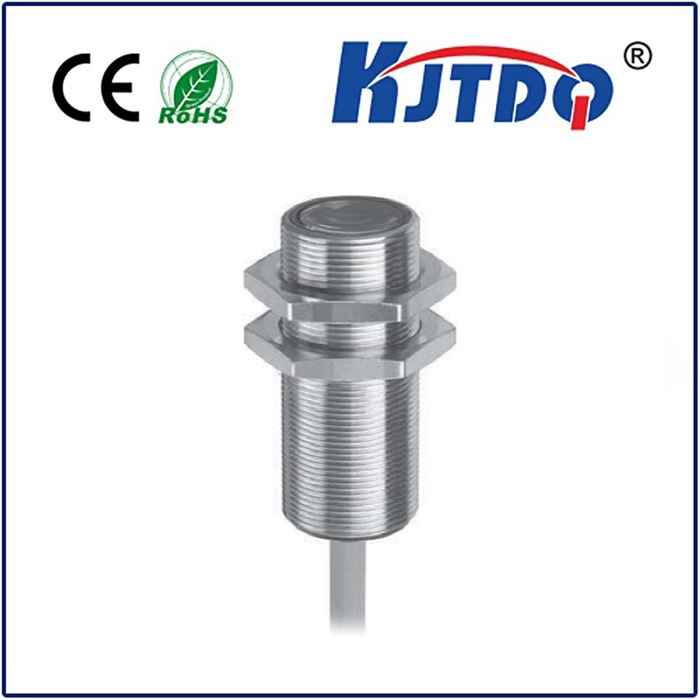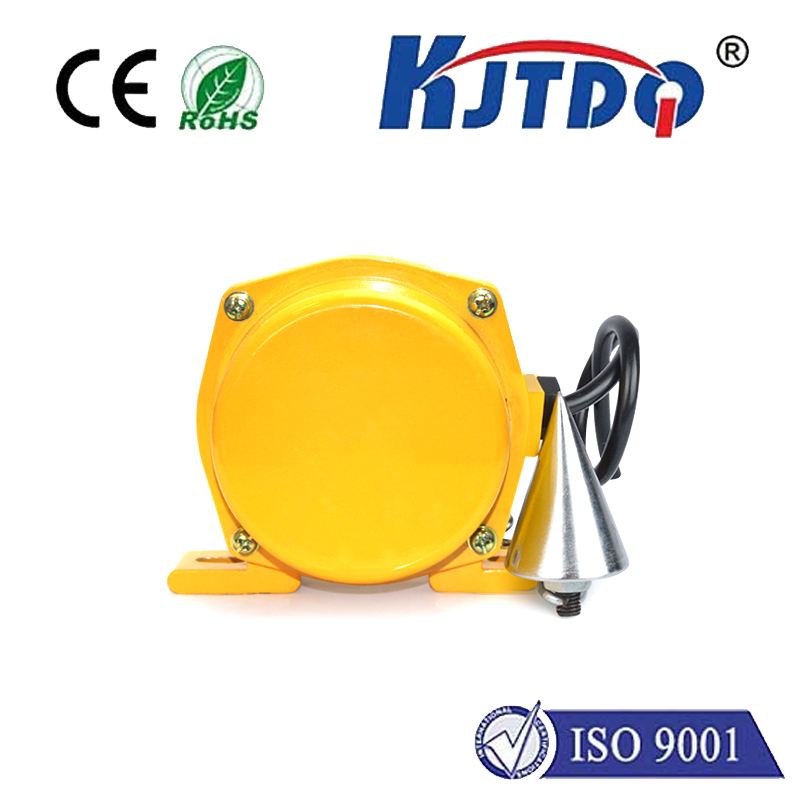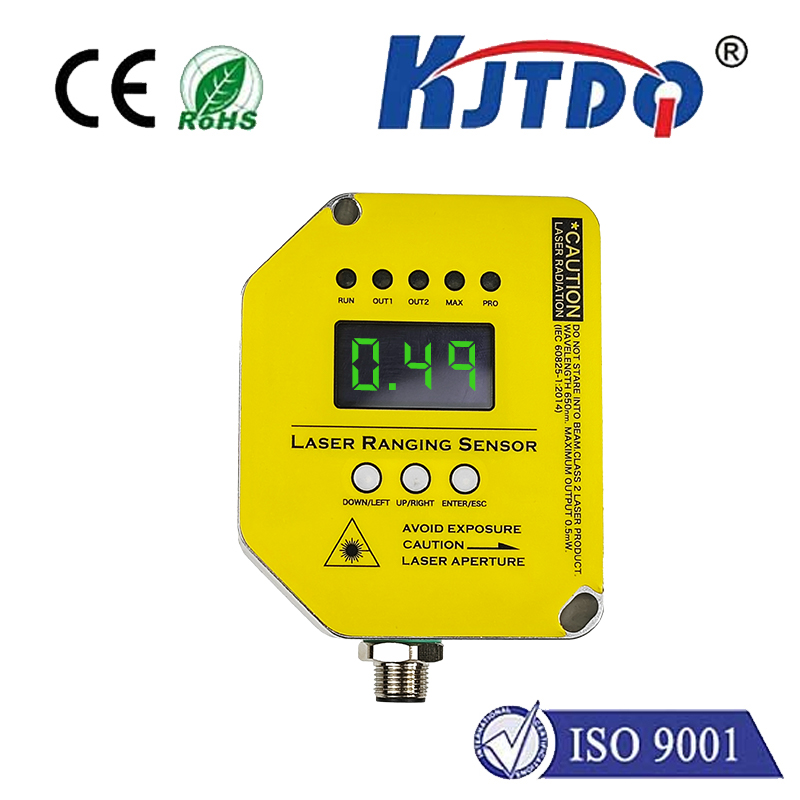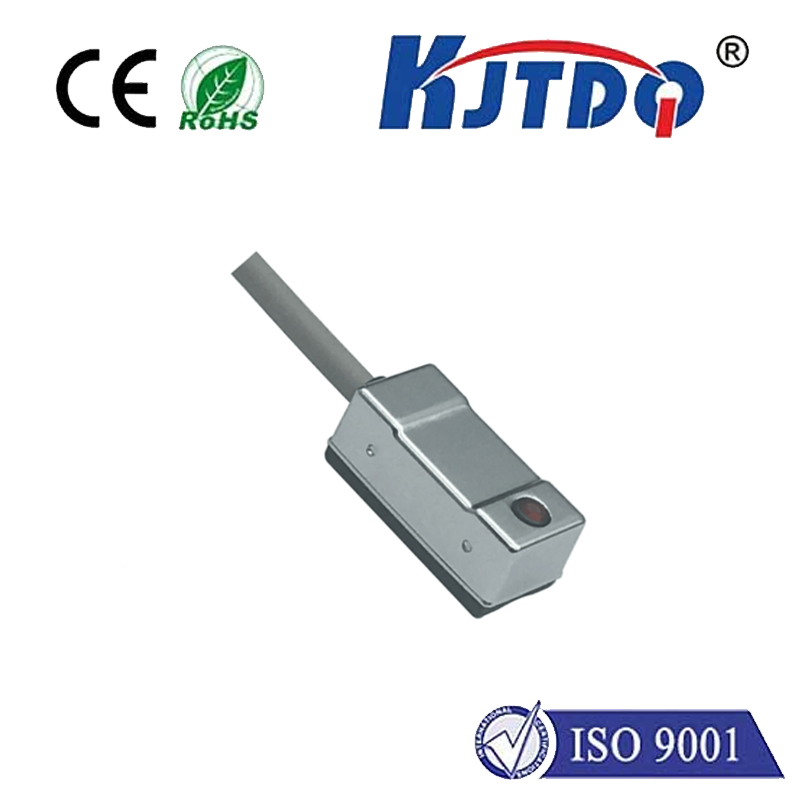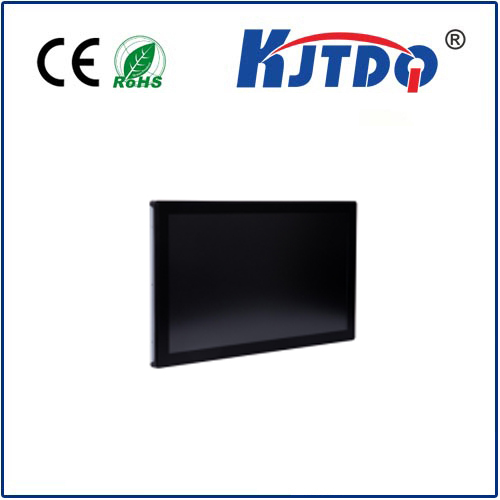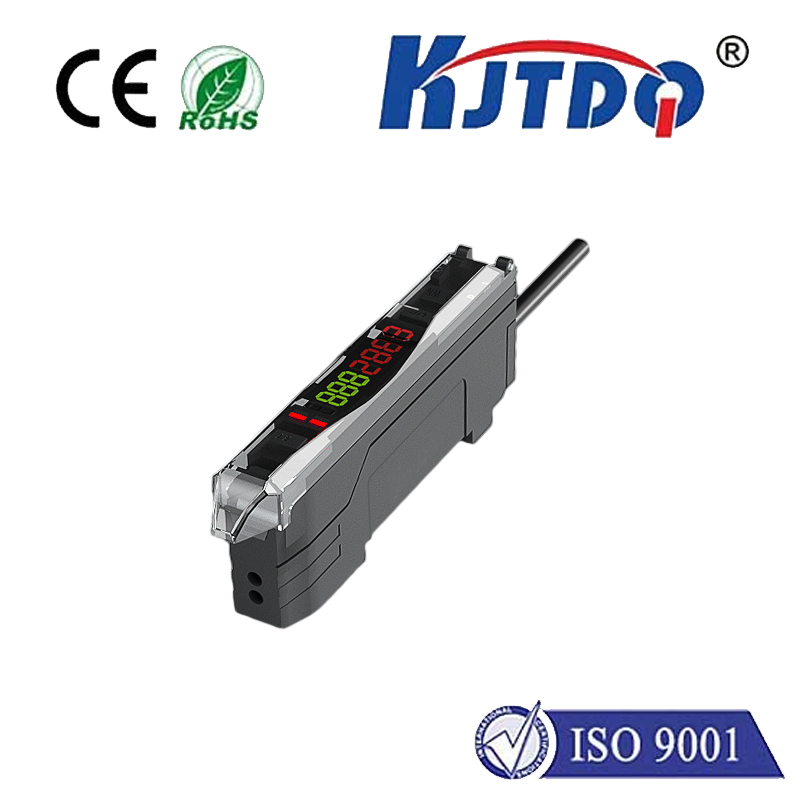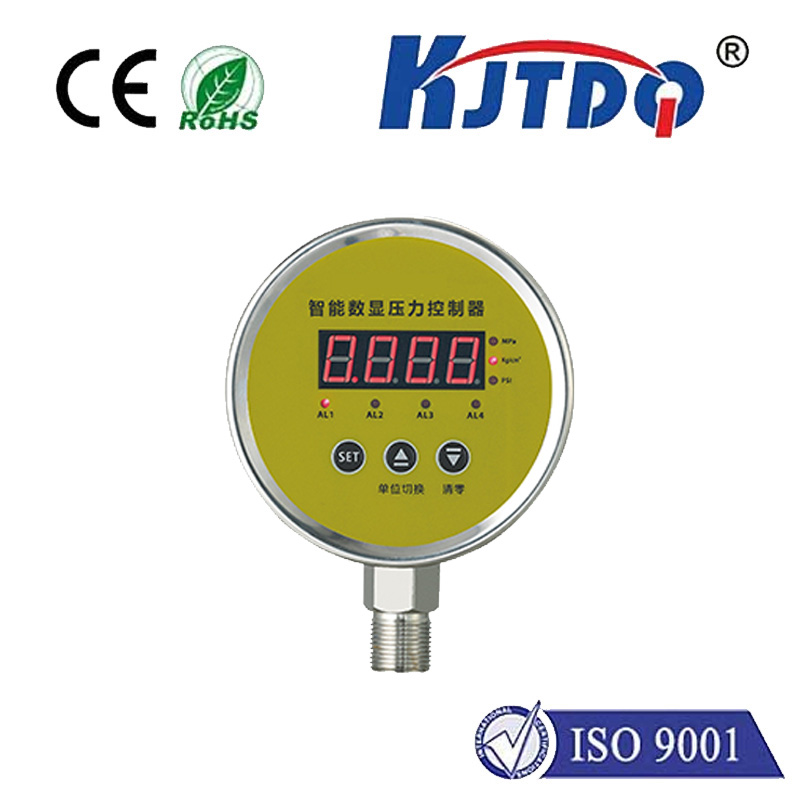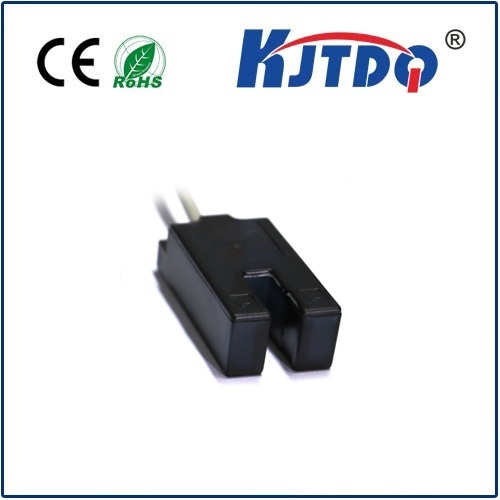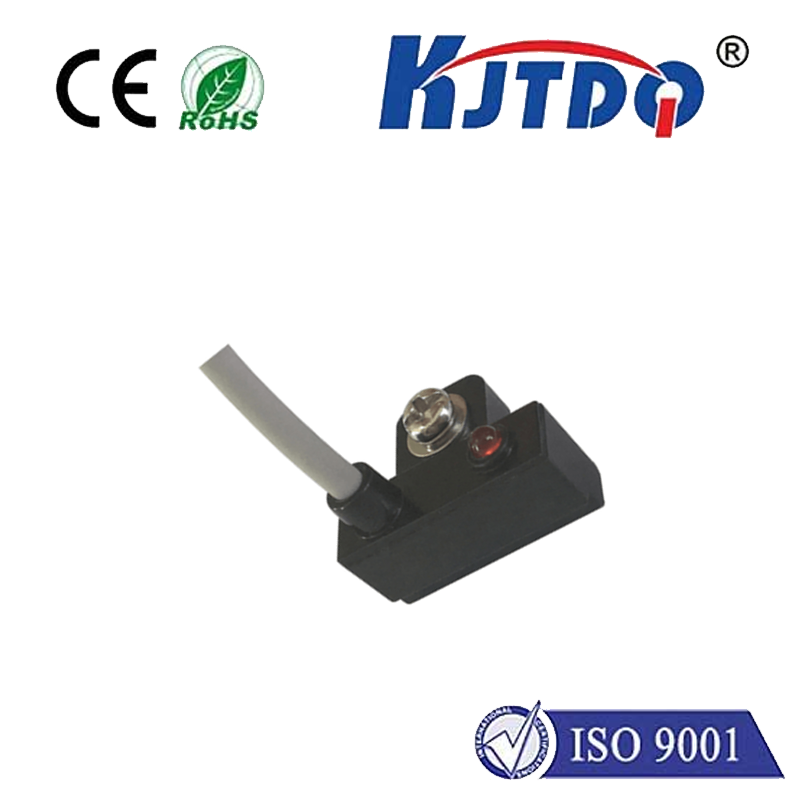photoelectric outdoor lighting control
- time:2025-07-25 03:03:45
- Click:0
Revolutionizing Nightscapes: The Power and Intelligence of Photoelectric Outdoor Lighting Control
For decades, outdoor lighting operated on a simple, often wasteful, premise: turn it on at dusk, off at dawn. This meant lights blazed through the quietest hours of the night, squandering energy and contributing to light pollution. Thankfully, technology has offered a smarter, more responsive solution: Photoelectric Outdoor Lighting Control. This system harnesses the fundamental principles of light detection to deliver automation that is both precise and profoundly efficient, transforming how we illuminate our exterior spaces.
Understanding the Photoelectric Principle
At the heart of this system lies the humble photocell or light-dependent resistor (LDR). These small sensors act as the “eyes” of the lighting system. Their core function is remarkably straightforward: they change their electrical resistance based on the intensity of ambient light falling upon them. In bright daylight, resistance is high, effectively blocking the electrical circuit. As natural light diminishes – at dusk, during heavy cloud cover, or under dense foliage – the sensor’s resistance drops significantly. This decrease in resistance completes the circuit, sending a signal to turn the connected lights ON.
Conversely, when dawn breaks and ambient light levels rise sufficiently, the sensor’s resistance increases again, breaking the circuit and signaling the lights to turn OFF. This simple yet brilliant mechanism ensures automation perfectly synchronized with the natural cycle of day and night – the very essence of photoelectric control.
Beyond Basic Automation: Key Benefits of Photoelectric Control

The advantages of implementing a photoelectric lighting control system extend far beyond mere convenience:
- Significant Energy Savings: This is arguably the most compelling benefit. Lights operate only when genuinely needed, eliminating the waste associated with timers that might run too long or manual operation prone to human error. Over the course of a year, especially for large-scale installations like parking lots, streets, or building facades, the reduction in energy consumption can be substantial, often reaching 40-60% or more. This translates directly to lower electricity bills and a reduced carbon footprint.
- Enhanced Reliability & Convenience: Forget manual switches or complex timer programming. Photoelectric sensors provide incredibly reliable, “set-it-and-forget-it” operation. They automatically adapt to seasonal changes in day length and respond instantly to sudden weather changes like storms rolling in late afternoon. This dusk-to-dawn operation offers unparalleled convenience and peace of mind.
- Increased Safety and Security: Dark pathways, entrances, and parking areas are safety hazards. Photoelectric controls ensure lights activate the moment natural light becomes insufficient, providing consistent, timely illumination precisely when and where it’s needed most. Well-lit exteriors are also a proven deterrent to criminal activity, enhancing security without requiring manual intervention. Lighting activated by ambient darkness provides predictable coverage.
- Reduced Light Pollution & Environmental Impact: By ensuring lights extinguish at dawn and don’t operate during bright daylight hours, photoelectric controls play a crucial role in mitigating light pollution. This protects nocturnal ecosystems, improves astronomical visibility, and contributes to a more natural nighttime environment for all. Efficient energy use also means less strain on power generation resources.
- Extended Lamp Life: Constantly cycling lamps on and off or running them unnecessarily degrades their lifespan. Photoelectric control provides one clean on/off cycle per day. While initial startup causes some stress, avoiding multiple cycles overnight and preventing daytime operation significantly extends the operational life of bulbs (especially HID and fluorescent) and reduces maintenance costs.
Where Photoelectric Lighting Control Shines
This technology is incredibly versatile and applicable across numerous outdoor settings:
- Residential: Driveways, walkways, porches, patios, gardens, garages, sheds. Providing safety, security, and ambiance without manual effort.
- Commercial: Parking lots, security perimeters, building entrances/exits, signage, pathway lighting, warehouse exteriors. Crucial for safety, liability reduction, and cost management.
- Municipal & Infrastructure: Street lights, pathway lights in parks, public plazas, bus stops, bridges, underpasses. Essential for public safety and operational efficiency on a large scale.
- Industrial: Perimeter fencing, loading docks, storage yards, remote equipment sites. Ensuring safe operations and security during the crepuscular hours (dawn and dusk).
- Architectural & Landscape: Accentuating building facades, monuments, statues, gardens, and water features. Automated lighting highlights key elements only during darkness.
Implementing an Effective System: Considerations
While the concept is simple, optimal implementation requires attention:
- Sensor Placement: This is paramount. Sensors must be positioned where they can accurately detect changes in ambient daylight without obstruction from structures, foliage, or the very lights they control. Avoid locations shaded in the evening or exposed to glare from other artificial light sources.
- Sensor Type: Basic “twilight switches” are common, but models with adjustable sensitivity or built-in timers (e.g., turning off lights after midnight but back on at 5 AM) offer more sophisticated control. Consider the environment – is it prone to heavy snow cover? Some sensors are designed to mitigate snow-related blocking.
- Lamp Compatibility: Ensure the control system is compatible with the type of outdoor lighting fixture (LED, HID, fluorescent, incandescent) and its electrical load. LED lighting is ideal due to its instant-on capability and low energy draw, perfectly matching the automated on/off cycling.
- Integration: Photoelectric controls can often be integrated with other systems, like motion sensors for activity-based lighting in specific zones (hybrid control), or centralized energy management platforms for monitoring and reporting.
Photocell vs. Motion Sensor: Complementary Tools
It’s important to distinguish photoelectric controls from motion sensors:
| Feature |
Photoelectric Control |
Motion Sensor |
Ideal Use Case |
| Trigger |
Ambient light level |
Detected movement |
Consistent area lighting |
| Illumination |
Full brightness based on dark |
Brightness upon movement |
Security zones, infrequently used areas |
| Energy Focus |
Eliminates daylight waste |
Eliminates vacancy waste |
Perimeter lighting |
| Best Used For |
Streets, parking lots, paths |
Entrances, backyards |
Hybrid systems (ambient + activity) |
While both save energy, they serve different primary functions. Photoelectric control manages the time lighting is needed (darkness), while motion sensors manage presence (occupancy). Often, using them together – where photoelectric controls enable the system during darkness, and motion sensors then activate lights only upon detecting activity – yields the highest level of efficiency and functionality.
Embracing the Light-Smart Revolution
Photoelectric outdoor lighting control represents a mature, reliable, and incredibly effective technology. It embodies simplicity working intelligently with nature. By seamlessly automating dusk-to-dawn lighting based solely on ambient light levels, it delivers unparalleled energy savings, enhanced reliability, improved safety and security, and a significant reduction in light pollution. From the pathway leading to your front door to the vast expanse of a municipal parking facility, implementing photoelectric control is a clear, responsible step towards smarter, more sustainable, and truly responsive illumination of our night-time environments. It’s not just about turning lights on and off; it’s about harnessing the rhythm of the day for a brighter, more efficient night.






